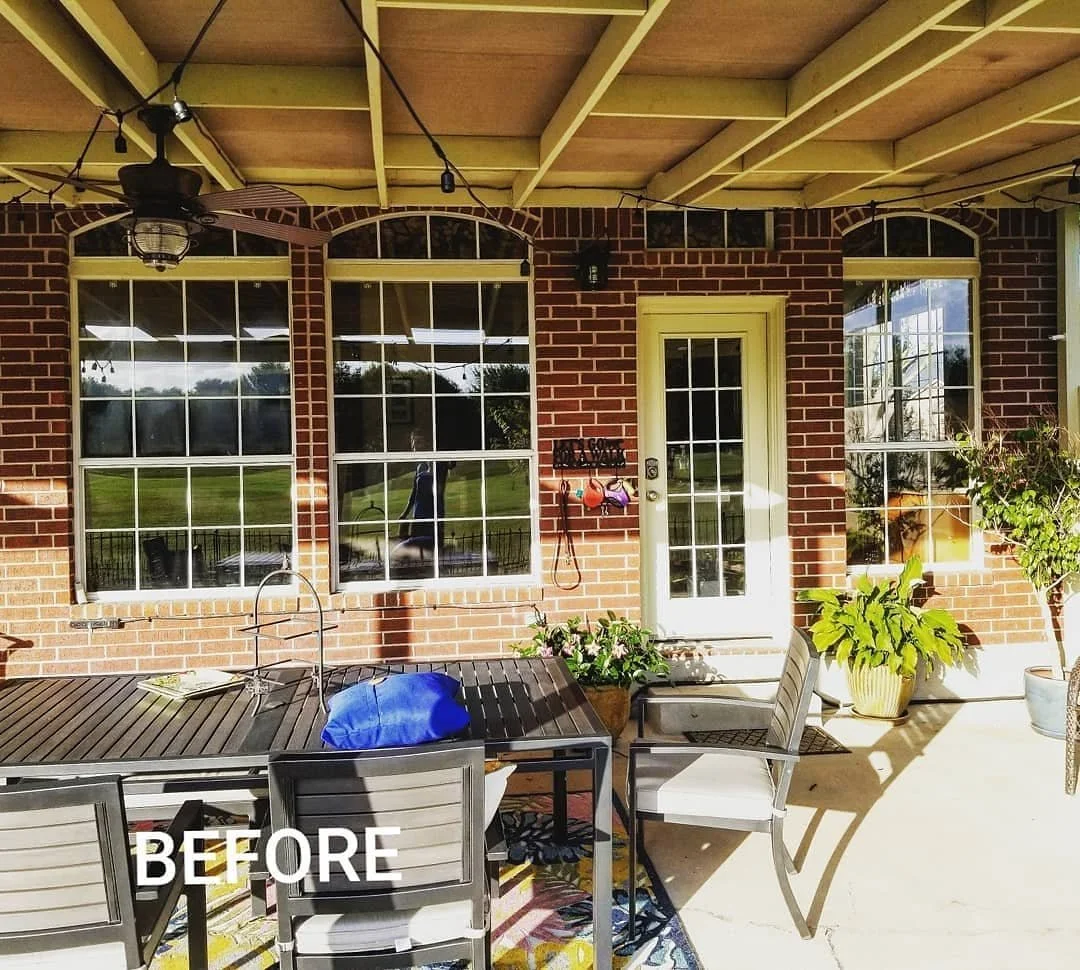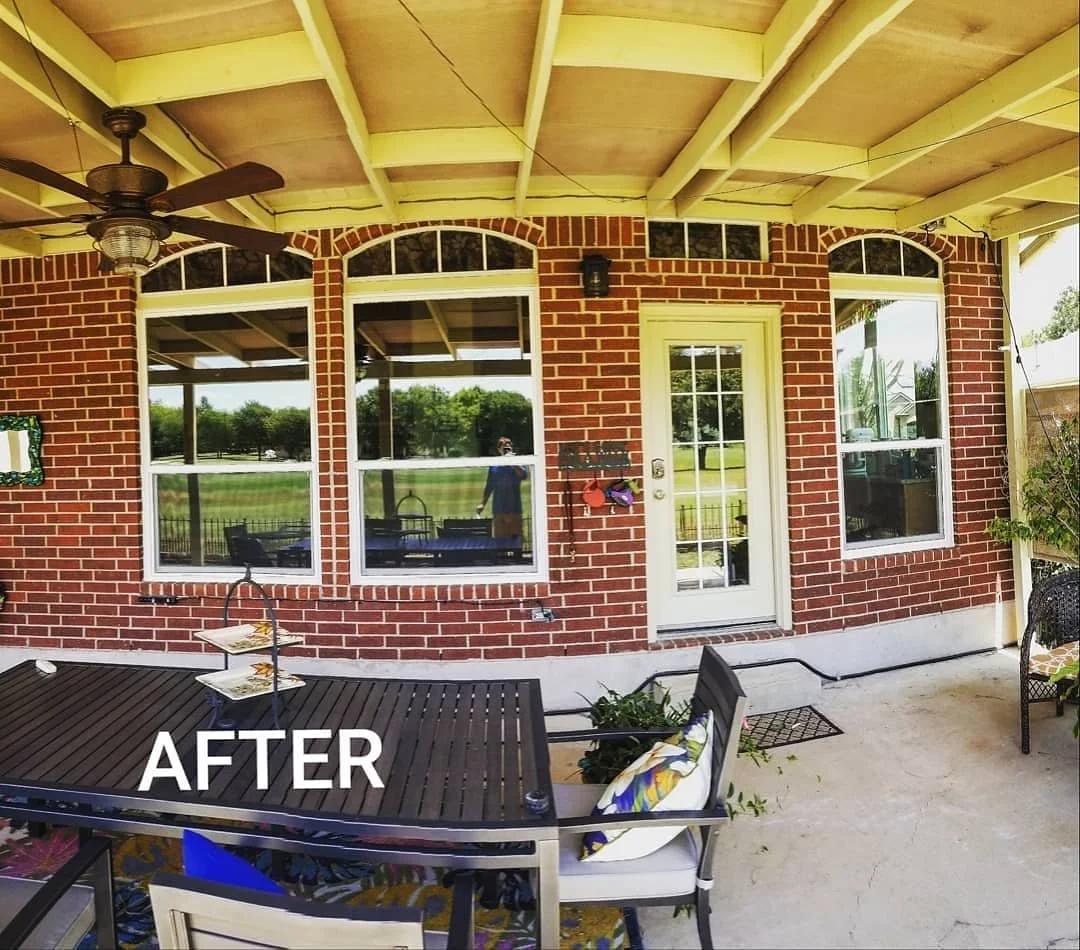
Besides the quality of the window itself, proper window installation is essential for full energy efficiency and accurate performance for the life of the product.
While homeowners don’t necessarily think of window installation first when considering window replacement, it should be a priority to learn as much as you can about the process, including the different types of window installation.
Understanding the kind of window installation needed for your home—and why—can save you from labor disruptions, or even complete performance failure.

The Two Types of Home Window Installation
There are two types of home window installation: full-frame installation and pocket installation. One of our window and door pros can help you determine the best choice for your home, based on varying factors such as:
The age of the home.
The condition of the home.
Exterior materials, such as stucco or brick. According to industry standards, full-frame replacement is even more complicated on brick or stucco homes.
If there is damage to the window frame, such as significant rot or deterioration. The most common place to find window damage is the exterior sill or the brickmould.
Budget.
Time restrictions.

What is Full-Frame Window Installation?
Full-frame window installation is the total replacement of a window. When a full-frame window installation is performed, it involves removing the window, the sill, exterior trim and interior trim. After a full-frame window installation is done, it’s not uncommon for homeowners to touch up the walls with fresh paint to complete the project.
Additional materials, including insulation and drip edge, are required to perform a full-frame installation, which increases the cost of the overall project.
What Does a Full-Frame Window Look Like?
Homeowners likely can’t tell the difference between a replacement window and a full-frame window from the outside of the home. However, these windows have different characteristics as the installation is much different from one another.
With a full-frame window, otherwise known as a new construction window, you’ll find that these windows include nailing fins. It’s the biggest difference in terms of appearance with replacement windows vs. new construction windows. These nailing fins are hidden during installation, but they are necessary for the window to become airtight and waterproof by fastening the window in place and flashing it.
What is Pocket Installation?
Pocket installation is the method of replacing windows within the existing frame. Instead of tearing out the entire unit and rebuilding it, the replacement window—otherwise known as a retrofit or insert window—is slid into place by a professional window contractor.
Replacement windows come in a variety of materials, shapes, and sizes, with vinyl replacement windows serving as 36% of window sales in America.
What Does an Insert Replacement Window Look Like?
Insert replacement windows come in two styles: nail-fin and block-frame.
Nail-fin is a generic term that has many name variations in the industry, including stucco fin, retrofit flange, retrofit fin, and retrofit flange. Other major brand names have their own name variations, such as Z-Bar.
With Nail-fin, the new window is installed on top of the existing perimeter frame. The frame’s nail-fins are used to create a seamless application with the main frame of the new window. This is the most ideal window installation method if there is no water or structural damage to the window opening.
Block-frame windows are normally used for homes that have existing wood windows—which are typically double hung or casement style. The block-frame window does not include any type of fin. Instead, this window is inserted into the pocket of an existing frame. The original wood frame is left in place and it must be in good condition for this style of window installation to work.














![Screenshot_20230501_210007_Photos[1].jpg](https://images.squarespace-cdn.com/content/v1/5fd3b77271924e3bec6e55c5/db62f280-6449-45fd-8db5-8a6bfaef13c5/Screenshot_20230501_210007_Photos%5B1%5D.jpg)
![Screenshot_20230501_210024_Photos[1].jpg](https://images.squarespace-cdn.com/content/v1/5fd3b77271924e3bec6e55c5/d50f37f0-c607-45a0-a201-21591978acde/Screenshot_20230501_210024_Photos%5B1%5D.jpg)

![Screenshot_20230501_205451_Photos[1].jpg](https://images.squarespace-cdn.com/content/v1/5fd3b77271924e3bec6e55c5/32c8211a-7f23-48d5-95e3-0f1e6c8210b3/Screenshot_20230501_205451_Photos%5B1%5D.jpg)